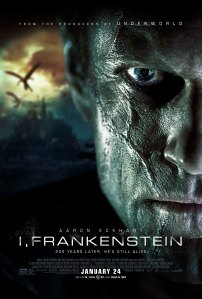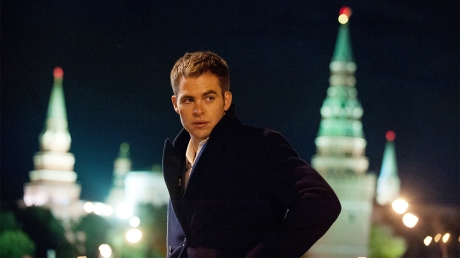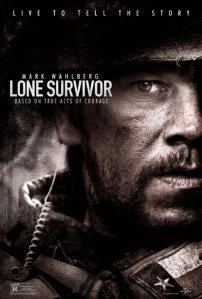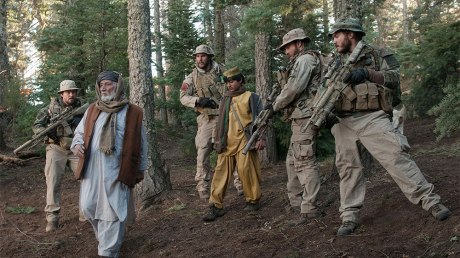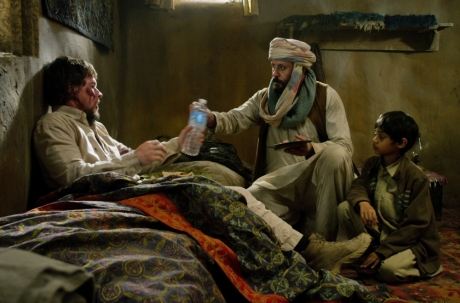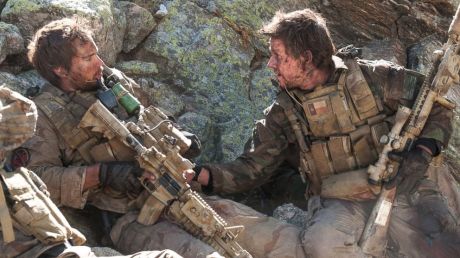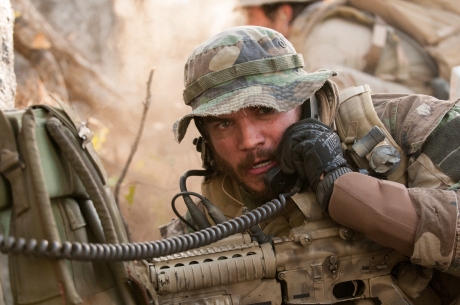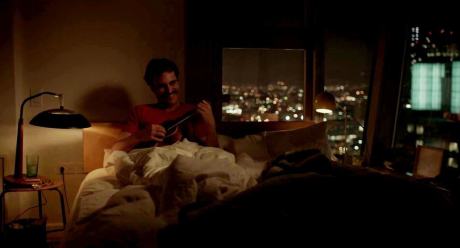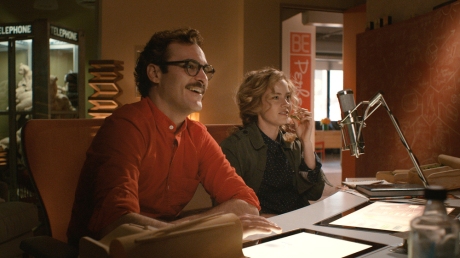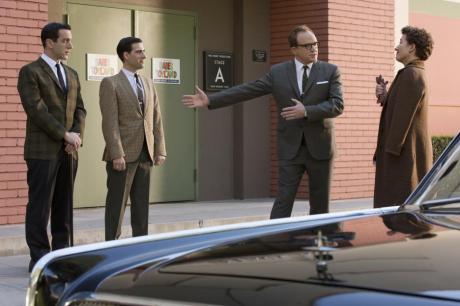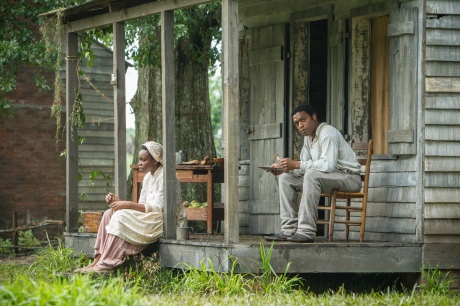 Here are my initial thoughts on the film Fury directed by David Ayer and starring Brad Pitt, Shia LaBeouf, Logan Lerman, Michael Pena, and Jon Bernthal.
Here are my initial thoughts on the film Fury directed by David Ayer and starring Brad Pitt, Shia LaBeouf, Logan Lerman, Michael Pena, and Jon Bernthal.
This movie is phenomenal. It is an awesome story, artfully shown. Heartbreaking to watch and yet inspirational. The beautiful characters show us where the ideals of life and faith meet the ultimate gritty reality of violence that determines our world’s history. LaBeouf truly redeems himself (from previous roles) as Boyd “Bible” Swan, a man of faith that must put his trust in God’s hand over the fate of the war. The film dives into that messiness with great respect. My only criticism may be the music and some of the fade overlays over-emote in a few parts. Overall I loved this and would absolutely recommend.
The film can be considered hard to watch because of the violence and realistic gore of total war. The film is emotional and captivating. However, I consider this one of the greatest assets of the film because it’s heart is to rock our sense of idealism and moral justification for our heroes. The truth is that our heroes faced great moral hardship, their most beloved ideals were shaken, their faith in God’s sovereign hand met with a leap of risking their life and taking the lives of others, others that were in all likelihood also loved by God. Ideals of God’s ultimate desire for peace are met with men at war, and the violent terror that God allows in our world. A faith-filled pursuit of peace conflicts in war with the actions men take against one another, either instigated by hate of the enemy or in loving defense of the weak. In theses scenes, peace is not an option, but faith must persevere. Duty to God becomes more real than ever, and trusting that His love and grace will be with you amidst the violent fury.
Morality may be subjective in war; both sides committing trespasses against each other, likely praying they are right and that God would bless them with victory. However, real righteousness in these trenches may not be justifying oneself as right, but accepting God’s grace and dutifully enduring until “God’s will be done.”
Logan Lerman plays Norman Ellison, a young man who does not welcome the reality of violence. His resistance is noble, but ultimately shaken. Lerman has a coming-of-age arc that is the least appealing, possibly because it is the most tired of the bunch. His fellow tank crew have seen and done more to give them rich, unsettling consciences. Brad Pitt’s “Wardaddy” Collier is an arrogant “father knows best” figure to Ellison, but underneath you see a man worn and beaten down, who possesses a curious appreciation for life, yet does not hesitate in taking it. LaBeouf and Bernthal both give remarkable performances. Pena seems a little overused as relief, and his character is much more subtle, but undeniably central to the unit.
Great film. Hope you see it and enjoy. I’ve given this film a 16/16.

